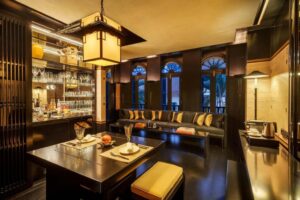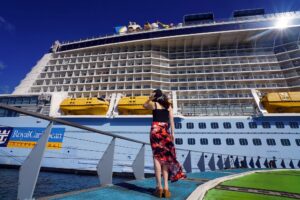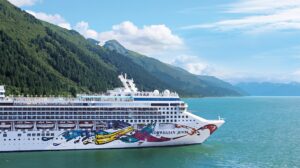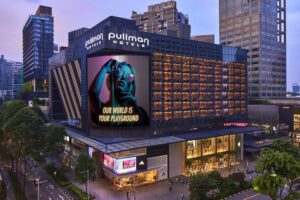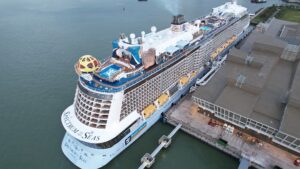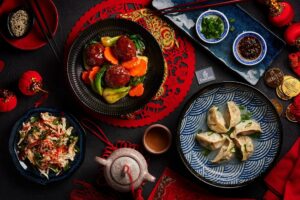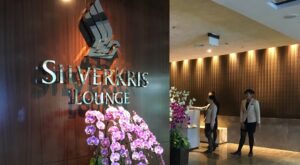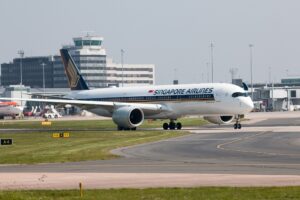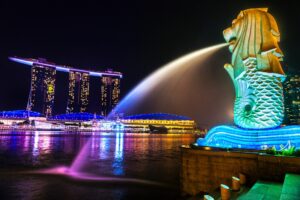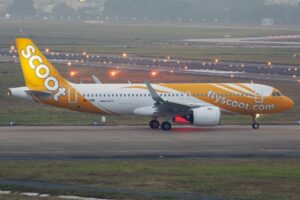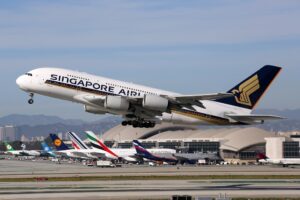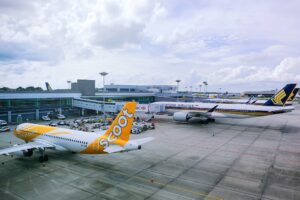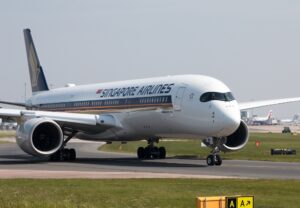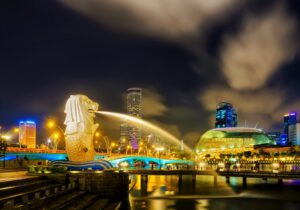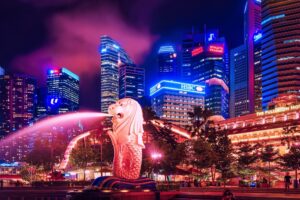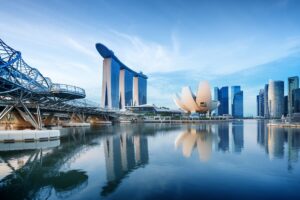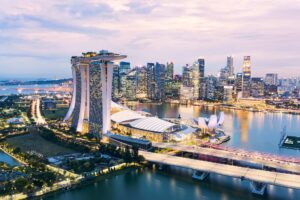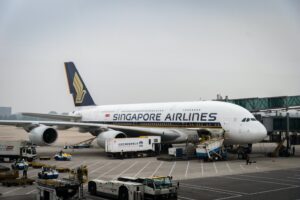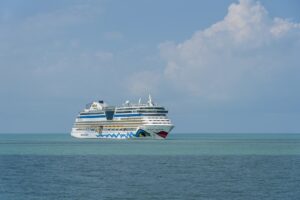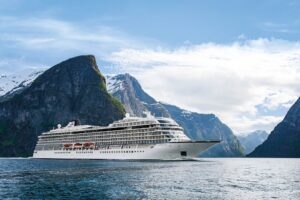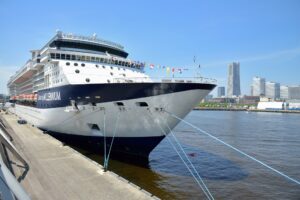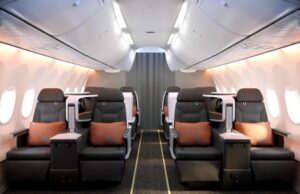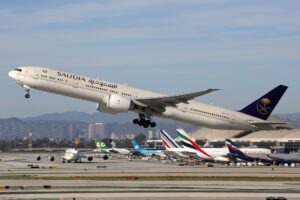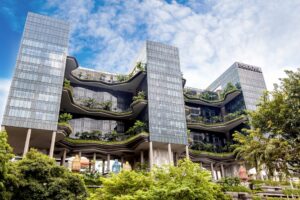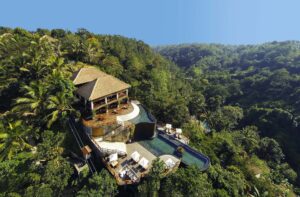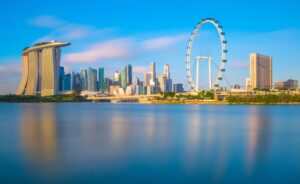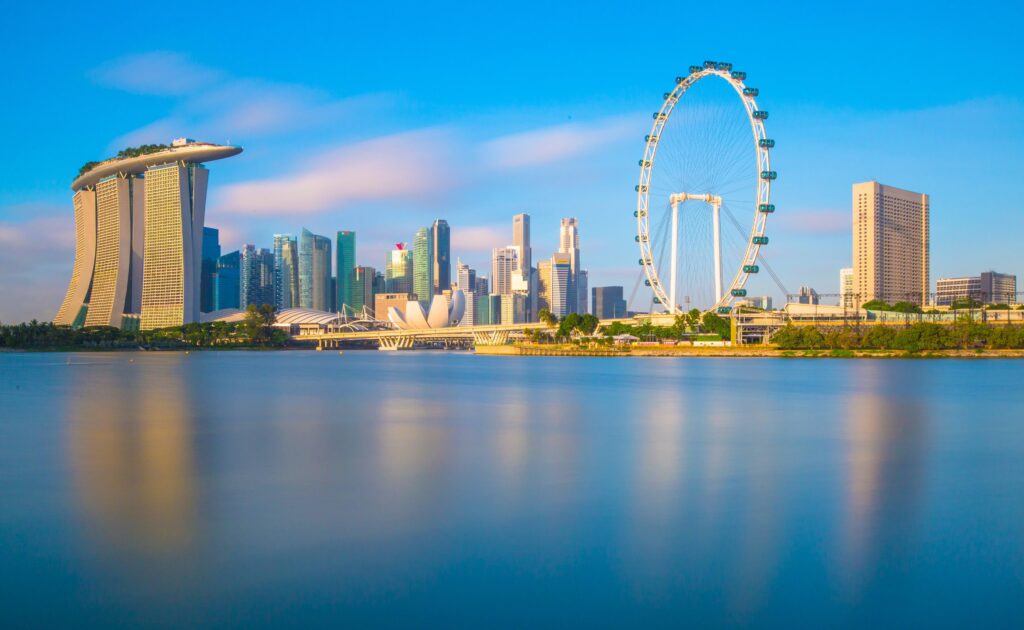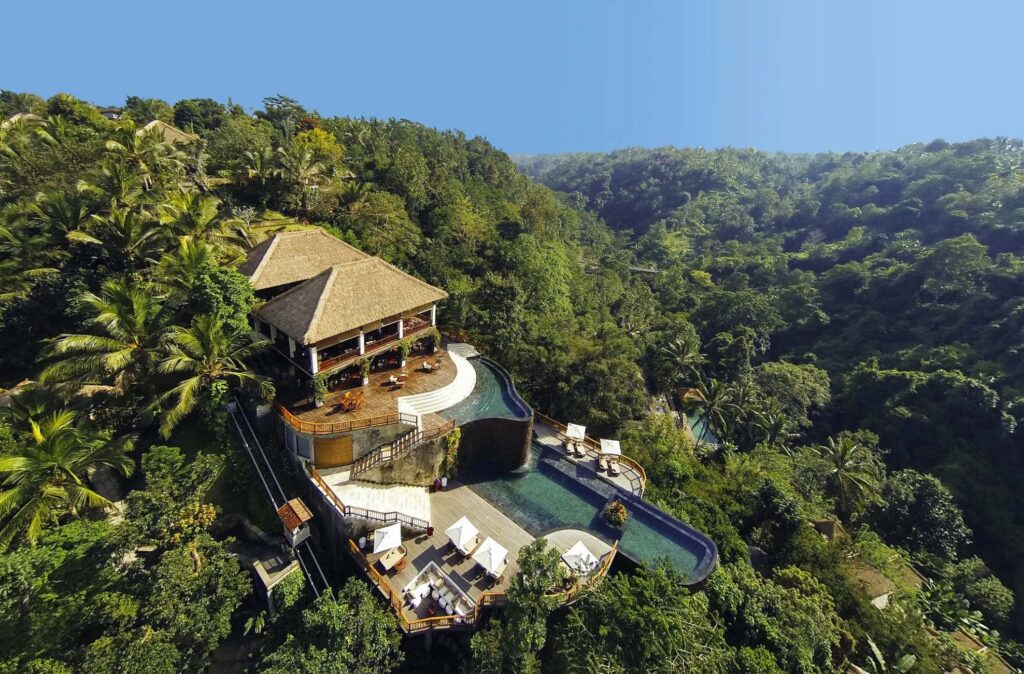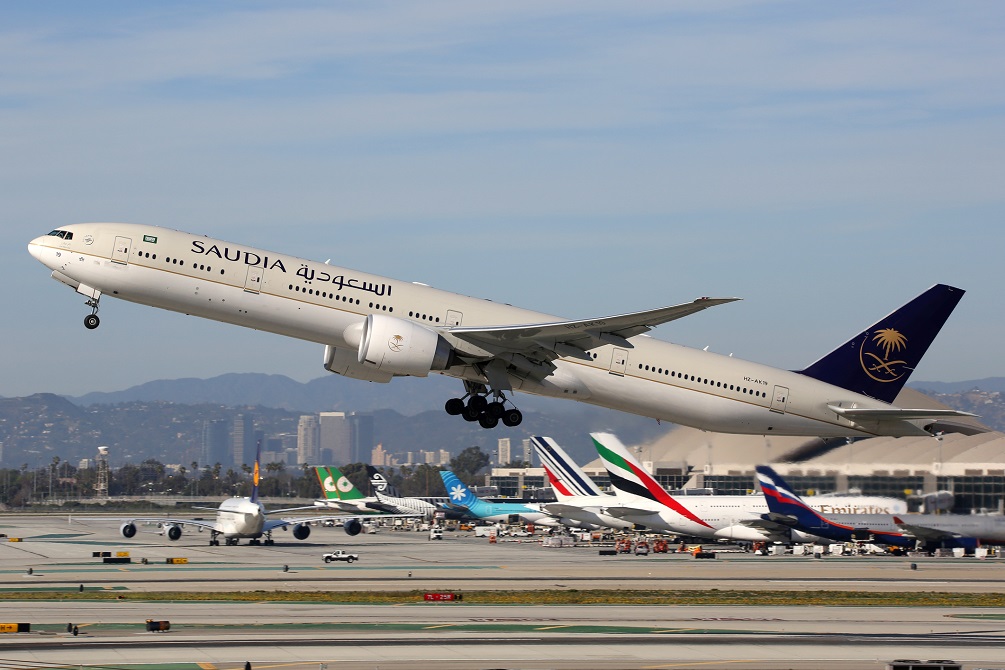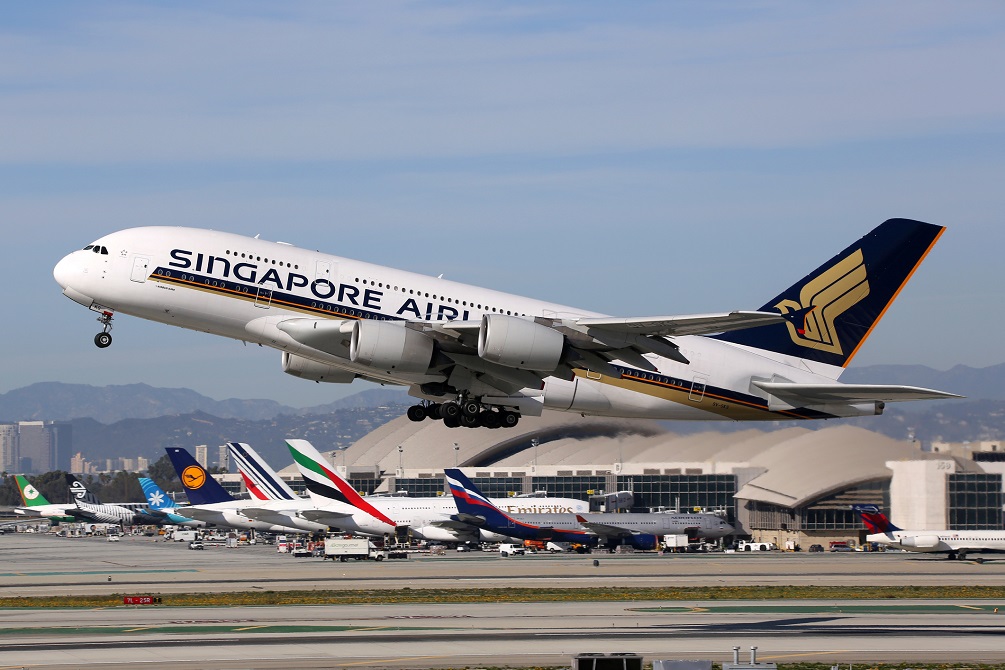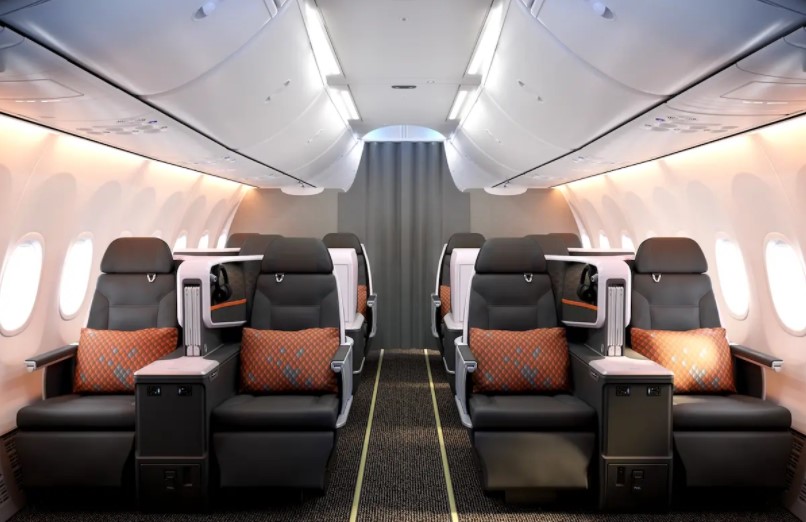Singapore
Prosperous Singapore is a trend-setting global metropolis with an Asian soul – and the ultimate urban holiday destination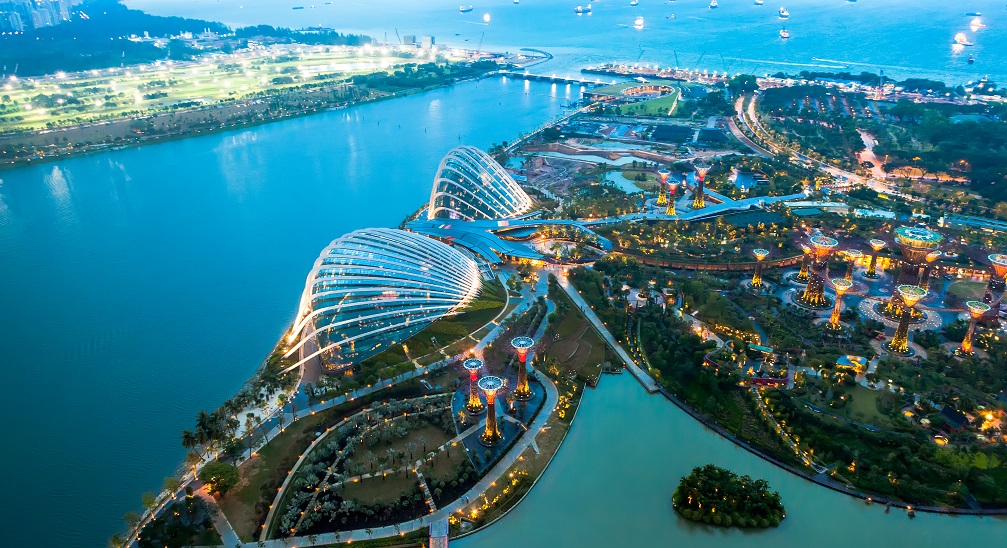
The city-state of Singapore is one of the world’s richest nations – and looks the part. But along with its brilliant skyscrapers, spotlessly clean streets, and super-efficient public transport, Singapore has an Asian soul. Though people from all over the world have made Singapore their home, its heady cultural mix predominantly comprises residents of Chinese, Malay and Indian origin. The country’s success and unabashed embrace of modernity and technology have not yet removed all traces of its complex and rural past — but you should know where to look. In many ways a gateway to Southeast Asia, Singapore promises the ultimate urban vacation, with its multiple food cultures, eclectic nightlife, and world-class shopping opportunities. In recent decades, Singapore has moved away from its glass-and-steel look and invested heavily in green spaces both in the city and within buildings. From the Botanical Gardens and Green Corridor to the Flower Dome and Cloud Forest – Singapore is going green with a vengeance.
Singapore also has a robust art and music scene; some great museums and cultural centers; thrilling amusement parks; and round-the-year festivals. It may be a tiny slice of Southeast Asia, but Singapore is a trend-setter and much bigger than the sum of its fascinating parts.
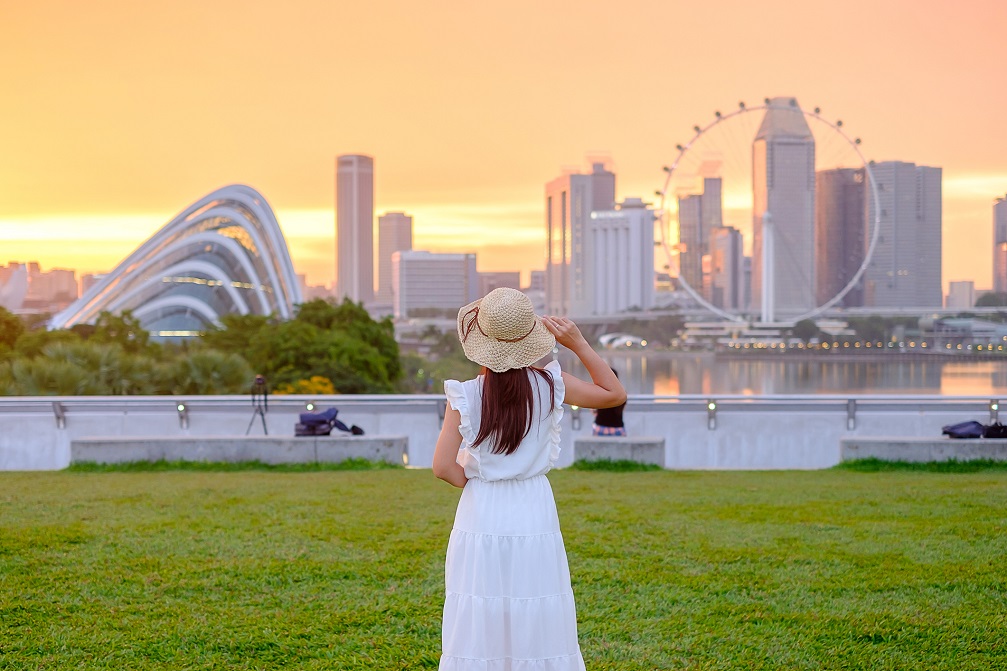


Singapore is strategically located in the south of the Malaysian peninsula in Southeast Asia. The country comprises the main island of Pulau Ujong and about 63 islets. The densely populated main island extends approximately 23 km from north to south and 42 km from east to west, with an undulating terrain for the most part. Pulau Ujong’s highest natural point is the Bukit Timah hill, a mere 166 meters tall. The Central Business District sprawls across the island’s central and southern parts. The airport and the city center are linked by the East Coast Parkway. Singapore is a hub of high-end commerce and one of the world’s busiest ports. The visual proof of this can be seen in the night when hundreds of anchored ships light up in unison.
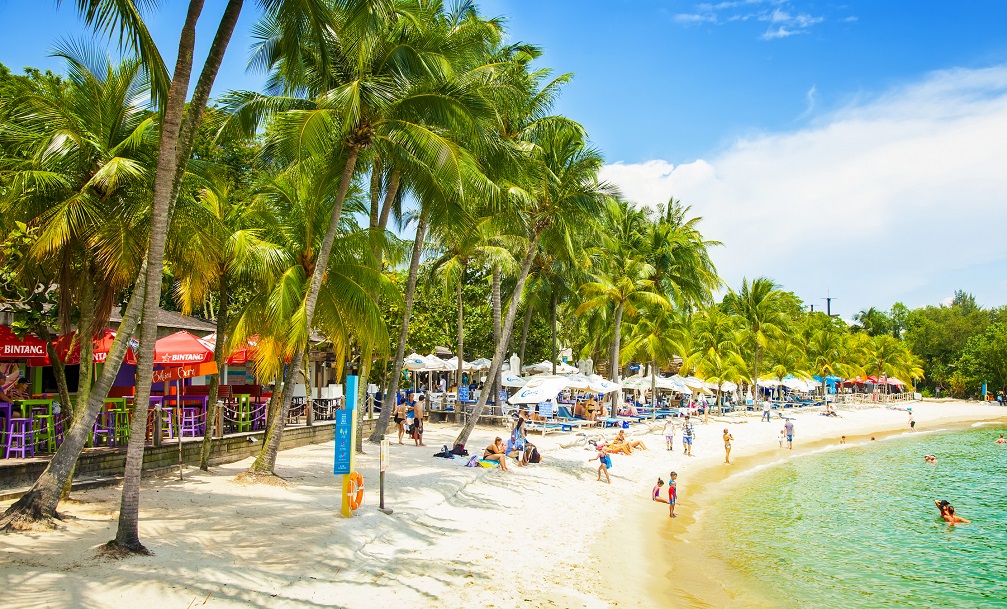


Not unlike the rest of Southeast Asia, Singapore is warm and humid throughout the year. The temperature rarely goes below 20 degrees Celsius (C). The day’s high can touch 30-35 C, with April and May being the hottest months. The humidity averages between 70 and 90 percent, and can touch 100 percent on rainy days. The official monsoon season is November and December but expects it to rain in short bursts any time of the year. Singapore records over 2,340 mm of rain annually. However, that should not dissuade you from visiting Singapore. Its urban spaces are extremely well-designed, and most buildings and shopping malls are air-conditioned. And if you’re hitting the beach, you’ll get good sunshine in all seasons.



Singapore has a standard voltage of 230 V with a frequency of 50 Hz. Sockets and power plugs are type G. This is a British-origin plug that comes with an inner protective fuse to prevent damage from high currents. If you come from a country with a standard voltage of 220 V to 240 V (Australia, the UK, and most of Asia), you can use your appliances directly in Singapore. But if you have appliances that work in an American setting (100-127 V), then you will need to pick up a voltage converter. On the other hand, if your device has a dual voltage setting but your plug doesn’t fit in a power outlet in Singapore, then you may need a plug adapter.
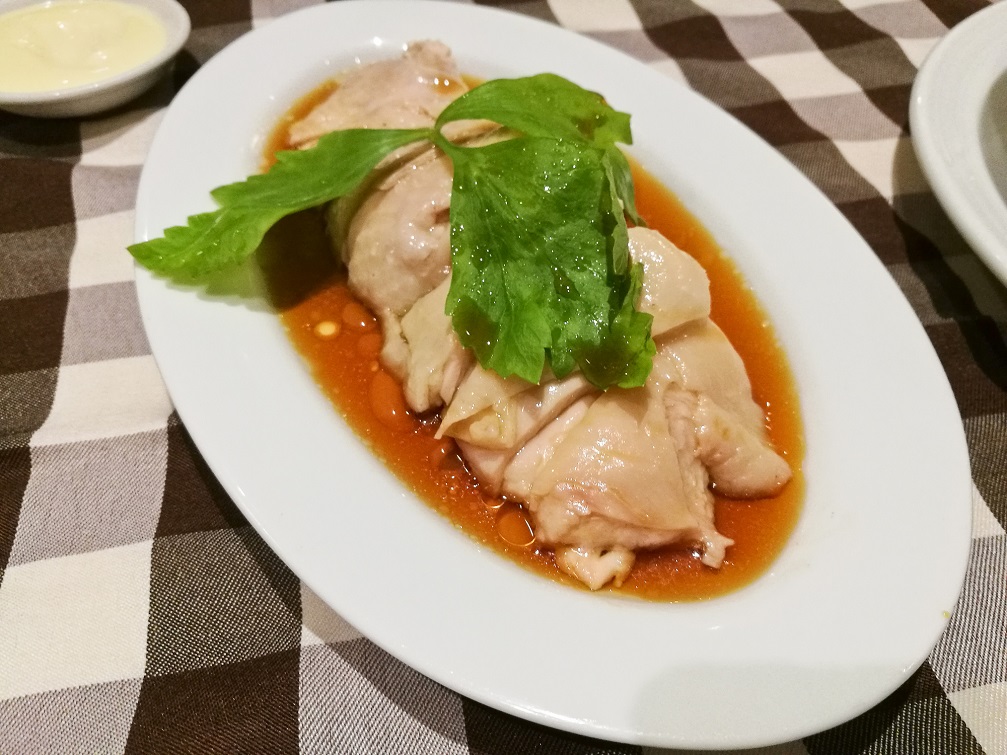


Singapore takes its food seriously and is open to gastronomical experiments that effortlessly fuse traditional cuisines with newer flavours from the east and west. Each of the many communities – Chinese, Malay Indian, Indonesian – living in this tiny country has contributed to the flair of Singaporean cuisine. And that spirit of assimilation can be seen everywhere, from the tiniest roadside shack to the trendiest upper-end restaurant. If you are exploring Singapore’s cuisine, you might as well start with the Hainanese chicken rice, a simple but delicious favourite in which steamed chicken is served alongside rice that has been cooked in chicken stock and topped with sauce. Singapore does its own variant of the noodle and curry dish Laksa, another popular meal. Street food is an entire genre by itself, and you must try the barbecued stingray grilled on slow flame. A much-appreciated South Indian addition to Singaporean dishes is the fish head curry, though it’s hard to find the exact recipe in the country of its origin! The chilli crab, another iconic dish crafted in Singapore, is ironically not always particularly spicy by itself.
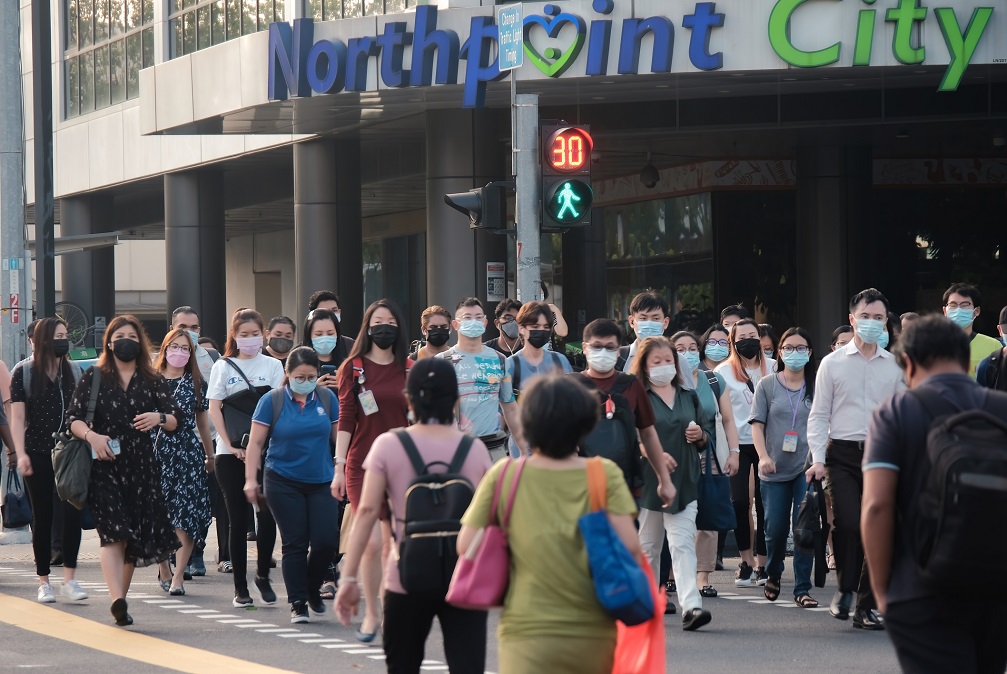


Singapore’s cultural diversity reflects in the traditional clothes its people wear. The Baju Kurung, which is also the traditional dress of Malaysia, has been adopted by many Singaporean women irrespective of their ethnic origins and is considered formal or official wear. The full-length outfit is typically paired with a long skirt and a long-sleeved collarless blouse. Men have their own version of the Baja Kurung, called the Baju Melayu. Women of Indian origin often wear the sari, a long fabric draped around the body in many styles, on special occasions. However, if you are traveling to hot and humid Singapore, you need to pack cool and comfortable clothes such as T-shirts and shorts. An umbrella and rain jacket will come in handy to deal with sudden downpours. For female travelers, tops, floral skirts and capris are good to have too. Choosing clothes for Singapore isn’t really all that complicated. It’s like any other global metropolis.
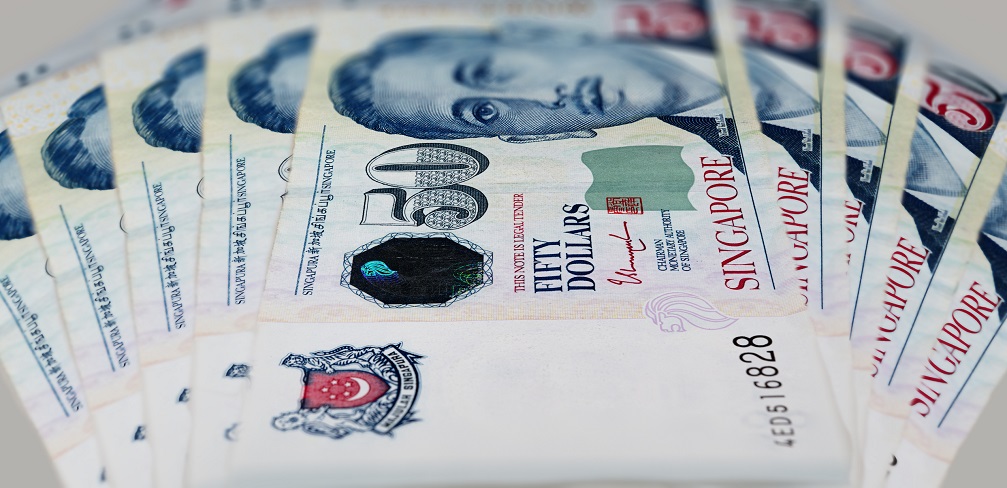


Singapore is a regional economic powerhouse and a very modern city-state. The rules governing money are no different from cities like Sydney or London. Singapore’s currency is called the Singapore dollar (denoted as S$ or SGD), with 100 cents making 1 dollar. The Singaporean dollar is among the world’s strongest currencies. One American dollar is worth 1.32 Singaporean dollars, while 1 UK Pound sterling equals 1.87 SGD. (Do check the latest exchange rates, on arrival.) Since ATMs are everywhere, access to cash is a smooth affair and you don’t really need to carry your travel card. All top credit cards work for shopping and eating. But still keep some small cash handy for that delicious streetside snack. The Brunei dollar can also be used as legal tender in Singapore and some establishments accept foreign currencies such as US dollars and Pound sterling.
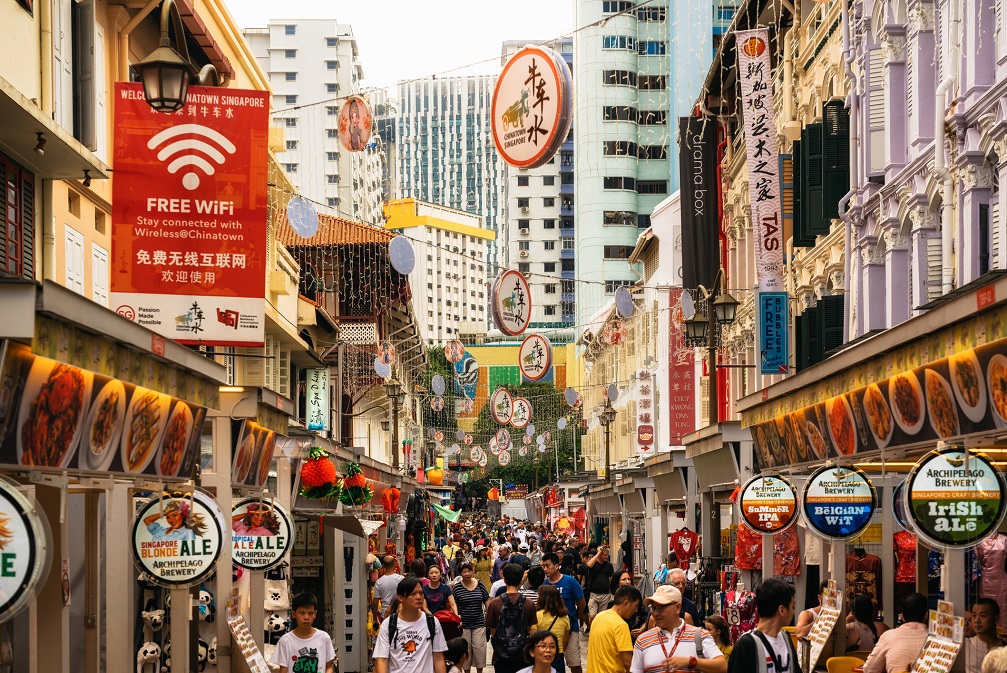


Most Singaporeans are bilingual – fluent in English and Malay or Mandarin or Tamil among other languages. So, if you’re a native English speaker, it’s almost like being in any other English-speaking country. Officially, Singapore has four languages — English, Mandarin, Malay, and Tamil. But at least since the 1970s, English has been the main language of instruction in most schools in Singapore. Like in other Southeast Asian countries, Singaporeans sometimes speak in a hybrid language, called Singlish, which is a creative mix of several languages and dialects including the Chinese Hokkien. But locals can easily switch between Singlish and the more standard English.
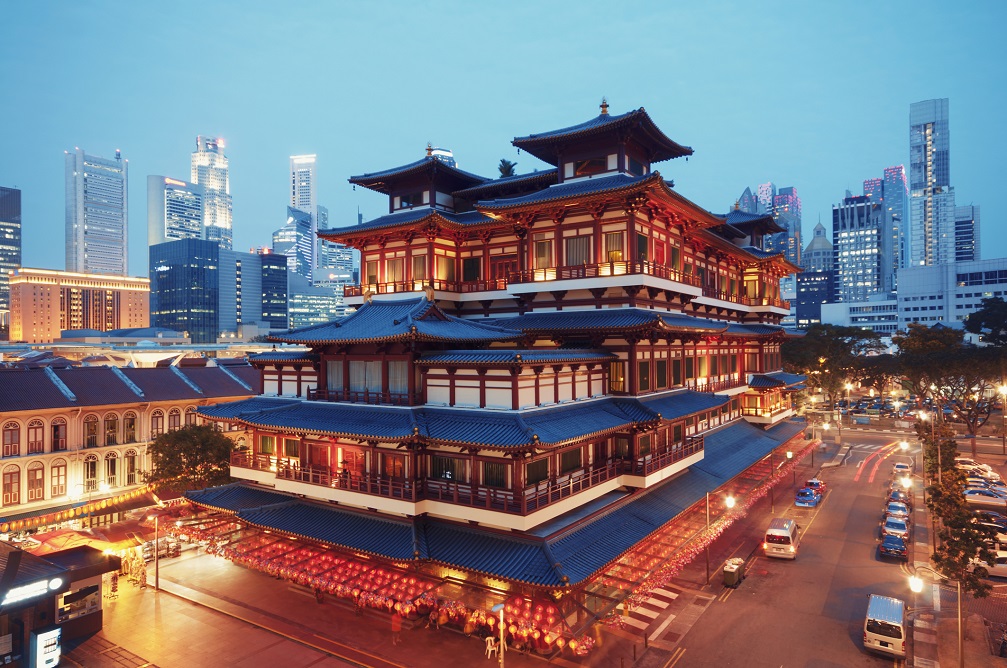


The most important thing to keep in mind as a foreign traveler to Singapore is that the authorities there are extremely strict when it comes to enforcing rules and regulations and the law of the land. Spitting, littering, driving under influence, and consuming or possessing drugs are only some of the many misdemeanors that can lead to a hefty fine or even a jail term. Of these, carrying drugs is the most serious offense, and a person found in possession of large amounts of banned drugs can even face the death penalty. So, while you can have a lot of fun in Singapore, always follow the rules. As a result of its strict laws, Singapore is a fairly disciplined society. That apart, the country is a melting pot of ethnicities, religions, and cultures, and the usual guidelines about respecting local norms apply. For instance, take off your shoes and dress appropriately before entering a mosque or temple.
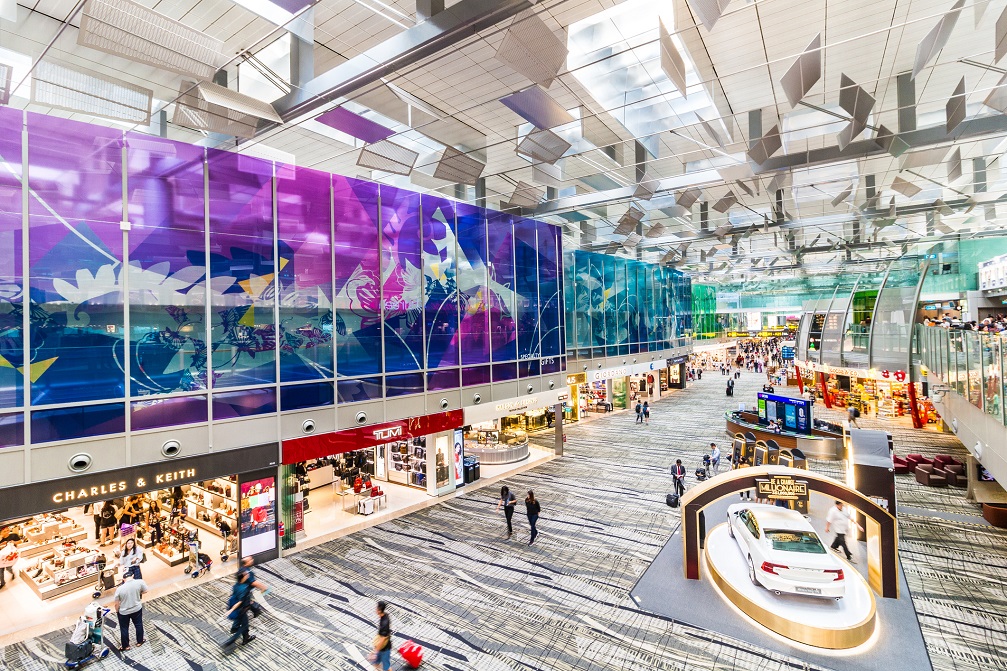


Under normal circumstances, you won’t need a visa to enter Singapore if you’re staying for up to 90 days as a tourist. The Frequent Traveller Programme’s eIACS (enhanced Immigration Automated Clearance System) may make you eligible for entry. Your passport is normally valid for at least 6 months from the date of entry. If you plan to go from Singapore to other countries in the region, ensure that your passport has a six-month validity. Your passport must be in good condition without any missing or damaged pages – this can be grounds for a refusal to grant entry into Singapore.



The city-state of Singapore is one of the world’s richest nations – and looks the part. But along with its brilliant skyscrapers, spotlessly clean streets, and super-efficient public transport, Singapore has an Asian soul. Though people from all over the world have made Singapore their home, its heady cultural mix predominantly comprises residents of Chinese, Malay and Indian origin. The country’s success and unabashed embrace of modernity and technology have not yet removed all traces of its complex and rural past — but you should know where to look. In many ways a gateway to Southeast Asia, Singapore promises the ultimate urban vacation, with its multiple food cultures, eclectic nightlife, and world-class shopping opportunities. In recent decades, Singapore has moved away from its glass-and-steel look and invested heavily in green spaces both in the city and within buildings. From the Botanical Gardens and Green Corridor to the Flower Dome and Cloud Forest – Singapore is going green with a vengeance.
Singapore also has a robust art and music scene; some great museums and cultural centers; thrilling amusement parks; and round-the-year festivals. It may be a tiny slice of Southeast Asia, but Singapore is a trend-setter and much bigger than the sum of its fascinating parts.



Singapore is strategically located in the south of the Malaysian peninsula in Southeast Asia. The country comprises the main island of Pulau Ujong and about 63 islets. The densely populated main island extends approximately 23 km from north to south and 42 km from east to west, with an undulating terrain for the most part. Pulau Ujong’s highest natural point is the Bukit Timah hill, a mere 166 meters tall. The Central Business District sprawls across the island’s central and southern parts. The airport and the city center are linked by the East Coast Parkway. Singapore is a hub of high-end commerce and one of the world’s busiest ports. The visual proof of this can be seen in the night when hundreds of anchored ships light up in unison.



Not unlike the rest of Southeast Asia, Singapore is warm and humid throughout the year. The temperature rarely goes below 20 degrees Celsius (C). The day’s high can touch 30-35 C, with April and May being the hottest months. The humidity averages between 70 and 90 percent, and can touch 100 percent on rainy days. The official monsoon season is November and December but expects it to rain in short bursts any time of the year. Singapore records over 2,340 mm of rain annually. However, that should not dissuade you from visiting Singapore. Its urban spaces are extremely well-designed, and most buildings and shopping malls are air-conditioned. And if you’re hitting the beach, you’ll get good sunshine in all seasons.



Singapore has a standard voltage of 230 V with a frequency of 50 Hz. Sockets and power plugs are type G. This is a British-origin plug that comes with an inner protective fuse to prevent damage from high currents. If you come from a country with a standard voltage of 220 V to 240 V (Australia, the UK, and most of Asia), you can use your appliances directly in Singapore. But if you have appliances that work in an American setting (100-127 V), then you will need to pick up a voltage converter. On the other hand, if your device has a dual voltage setting but your plug doesn’t fit in a power outlet in Singapore, then you may need a plug adapter.



Singapore takes its food seriously and is open to gastronomical experiments that effortlessly fuse traditional cuisines with newer flavours from the east and west. Each of the many communities – Chinese, Malay Indian, Indonesian – living in this tiny country has contributed to the flair of Singaporean cuisine. And that spirit of assimilation can be seen everywhere, from the tiniest roadside shack to the trendiest upper-end restaurant. If you are exploring Singapore’s cuisine, you might as well start with the Hainanese chicken rice, a simple but delicious favourite in which steamed chicken is served alongside rice that has been cooked in chicken stock and topped with sauce. Singapore does its own variant of the noodle and curry dish Laksa, another popular meal. Street food is an entire genre by itself, and you must try the barbecued stingray grilled on slow flame. A much-appreciated South Indian addition to Singaporean dishes is the fish head curry, though it’s hard to find the exact recipe in the country of its origin! The chilli crab, another iconic dish crafted in Singapore, is ironically not always particularly spicy by itself.



Singapore’s cultural diversity reflects in the traditional clothes its people wear. The Baju Kurung, which is also the traditional dress of Malaysia, has been adopted by many Singaporean women irrespective of their ethnic origins and is considered formal or official wear. The full-length outfit is typically paired with a long skirt and a long-sleeved collarless blouse. Men have their own version of the Baja Kurung, called the Baju Melayu. Women of Indian origin often wear the sari, a long fabric draped around the body in many styles, on special occasions. However, if you are traveling to hot and humid Singapore, you need to pack cool and comfortable clothes such as T-shirts and shorts. An umbrella and rain jacket will come in handy to deal with sudden downpours. For female travelers, tops, floral skirts and capris are good to have too. Choosing clothes for Singapore isn’t really all that complicated. It’s like any other global metropolis.



Singapore is a regional economic powerhouse and a very modern city-state. The rules governing money are no different from cities like Sydney or London. Singapore’s currency is called the Singapore dollar (denoted as S$ or SGD), with 100 cents making 1 dollar. The Singaporean dollar is among the world’s strongest currencies. One American dollar is worth 1.32 Singaporean dollars, while 1 UK Pound sterling equals 1.87 SGD. (Do check the latest exchange rates, on arrival.) Since ATMs are everywhere, access to cash is a smooth affair and you don’t really need to carry your travel card. All top credit cards work for shopping and eating. But still keep some small cash handy for that delicious streetside snack. The Brunei dollar can also be used as legal tender in Singapore and some establishments accept foreign currencies such as US dollars and Pound sterling.



Most Singaporeans are bilingual – fluent in English and Malay or Mandarin or Tamil among other languages. So, if you’re a native English speaker, it’s almost like being in any other English-speaking country. Officially, Singapore has four languages — English, Mandarin, Malay, and Tamil. But at least since the 1970s, English has been the main language of instruction in most schools in Singapore. Like in other Southeast Asian countries, Singaporeans sometimes speak in a hybrid language, called Singlish, which is a creative mix of several languages and dialects including the Chinese Hokkien. But locals can easily switch between Singlish and the more standard English.



The most important thing to keep in mind as a foreign traveler to Singapore is that the authorities there are extremely strict when it comes to enforcing rules and regulations and the law of the land. Spitting, littering, driving under influence, and consuming or possessing drugs are only some of the many misdemeanors that can lead to a hefty fine or even a jail term. Of these, carrying drugs is the most serious offense, and a person found in possession of large amounts of banned drugs can even face the death penalty. So, while you can have a lot of fun in Singapore, always follow the rules. As a result of its strict laws, Singapore is a fairly disciplined society. That apart, the country is a melting pot of ethnicities, religions, and cultures, and the usual guidelines about respecting local norms apply. For instance, take off your shoes and dress appropriately before entering a mosque or temple.



Under normal circumstances, you won’t need a visa to enter Singapore if you’re staying for up to 90 days as a tourist. The Frequent Traveller Programme’s eIACS (enhanced Immigration Automated Clearance System) may make you eligible for entry. Your passport is normally valid for at least 6 months from the date of entry. If you plan to go from Singapore to other countries in the region, ensure that your passport has a six-month validity. Your passport must be in good condition without any missing or damaged pages – this can be grounds for a refusal to grant entry into Singapore.
Travel related news, information and inspirational articles and videos for travellers booking flights or holidays to Singapore. Ask questions about travel in Singapore and get answers from Singapore experts
NEWS
Inspiration, Information and Travel Guides
MEET THE Singapore EXPERTS
If you are looking to book a holiday to Singapore or needs some help and advice planning travel to Singapore then contact one of the UK based independent travel agents that specialise in Singapore itineraries.
FEATURED VIDEOS
Your Travel Questions Answered
Ask any travel related question and get an answer from one of our experts that will provide you with an answer from their personal experience
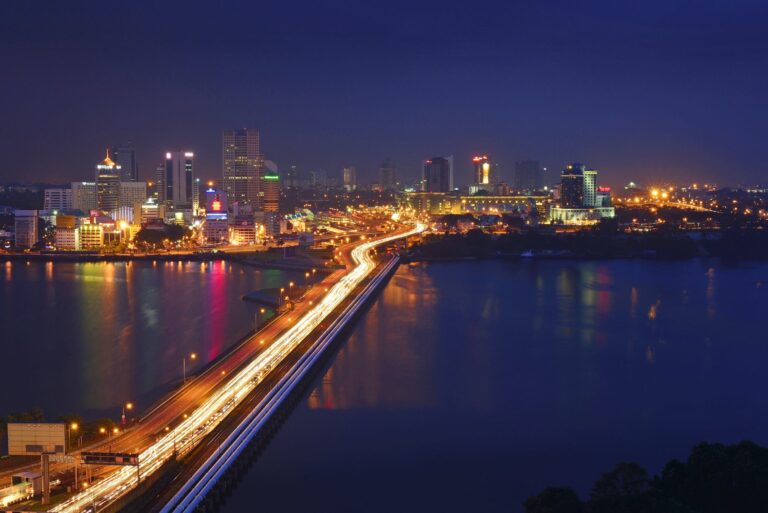


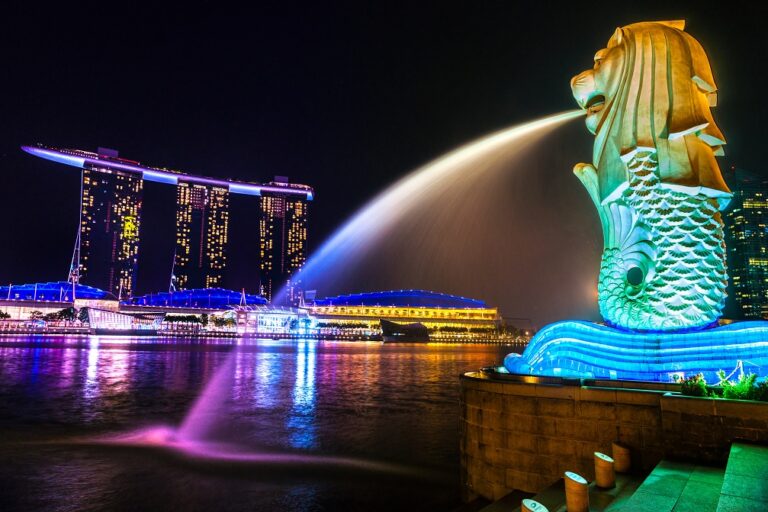

I’m planning a trip around Asia. I’d like to visit Singapore but looking into it, Singapore is a lot more expensive than other nearby countries, and I’m worried the visit won’t be viable with my budget. I’m not a fan of hostels either. Would it be possible to visit Singapore on a budget?
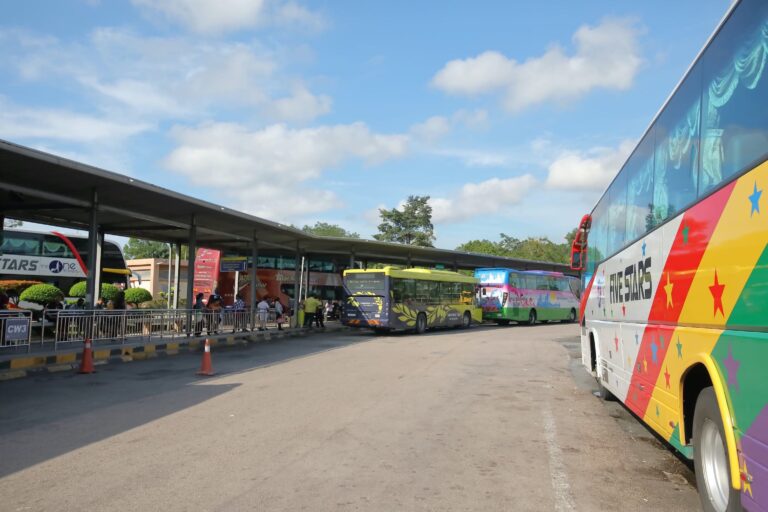

I will be travelling to Malaysia at the end of the year and want to spend New Year’s Eve in Singapore. I have found cheap flight deals to Malaysia but would like alternative ways to reach Singapore. I am looking for advice on the best way to travel from Malaysia to Singapore besides taking a flight. What is the best way to travel to Singapore? Any bus or scenic train from Malaysia to Singapore?



I’m planning on visiting Singapore soon, for around four days en route to Australia. I’ve always wanted to visit Kuala Lumpur. Is it possible to go on a day trip from Singapore to Kuala Lumpur? What’s the best way to go about this?
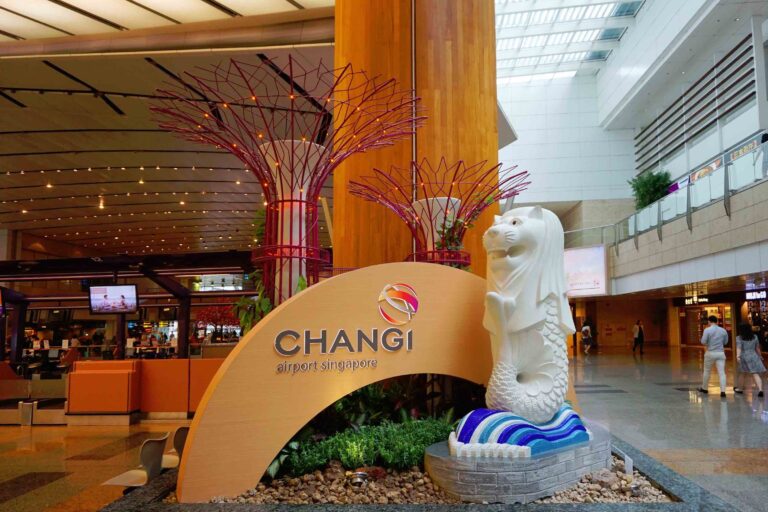

I am due to visit Singapore soon, staying at the Fairmont Hotel. I’m flying into Changi Airport. What’s the best way to get to the Fairmont Hotel?

